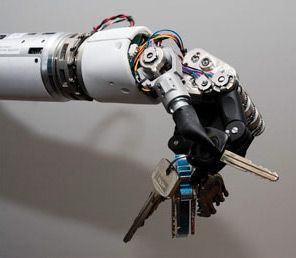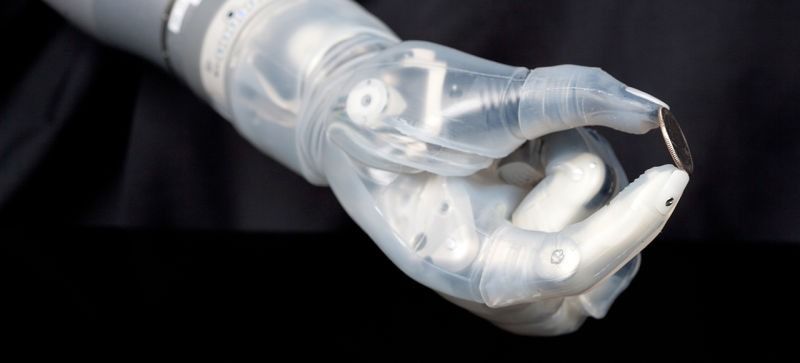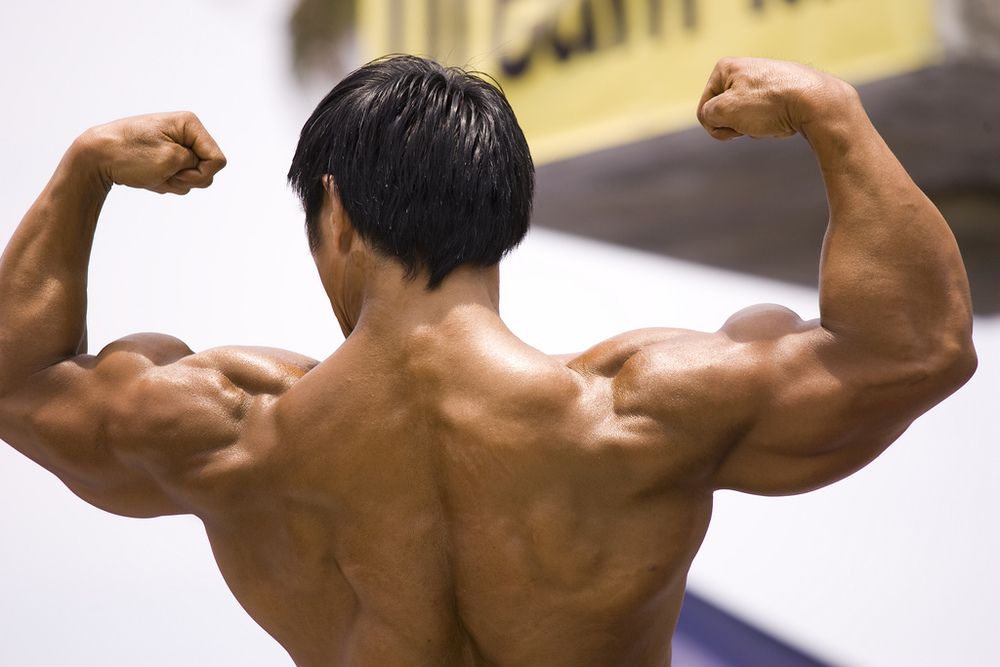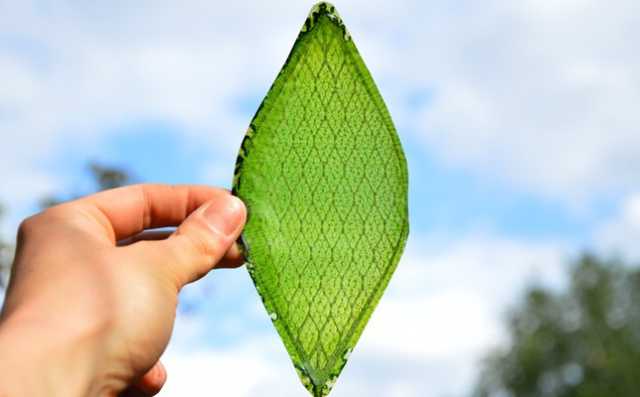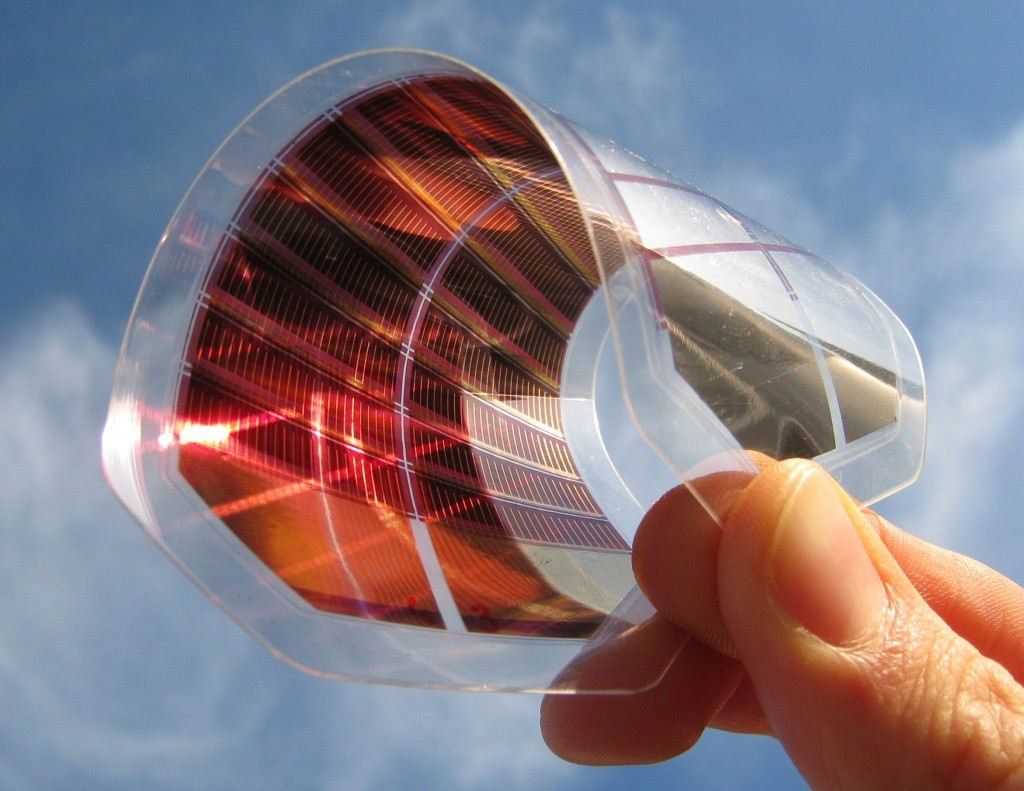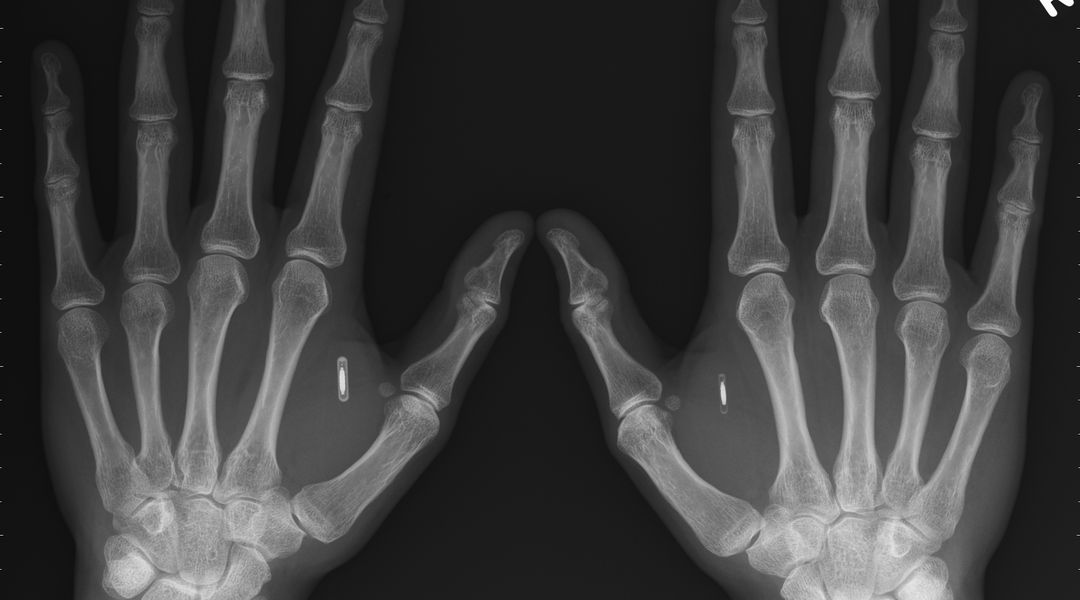My first article for TechCrunch. The story is on disability & transhumanism:
Radical technologies around the world may soon overhaul the field of disability and immobility, which affects in some way more than a billion people around the world.
MIT bionics designer Hugh Herr, who lost both his legs in a mountain climbing accident, recently said in a TED Talk on disability, “A person can never be broken. Our built environment, our technologies, are broken and disabled. We the people need not accept our limitation, but can transcend disability through technological innovation.”
His words are coming true. Around the world, the deaf hear via cochlear implants, paraplegics walk with exoskeletons and the once limbless have functioning limbs. For example, some amputees have mind-controlled robotic arms that can grab a glass of water with amazing precision. In 15 or 20 years, that bionic arm could very well be better than the natural arm, and people may even electively remove their biological arms in favor of robotic ones. After all, who doesn’t want to be able to do a hundred pull ups in a row or lift the front end of a car up to quickly change a flat tire?
